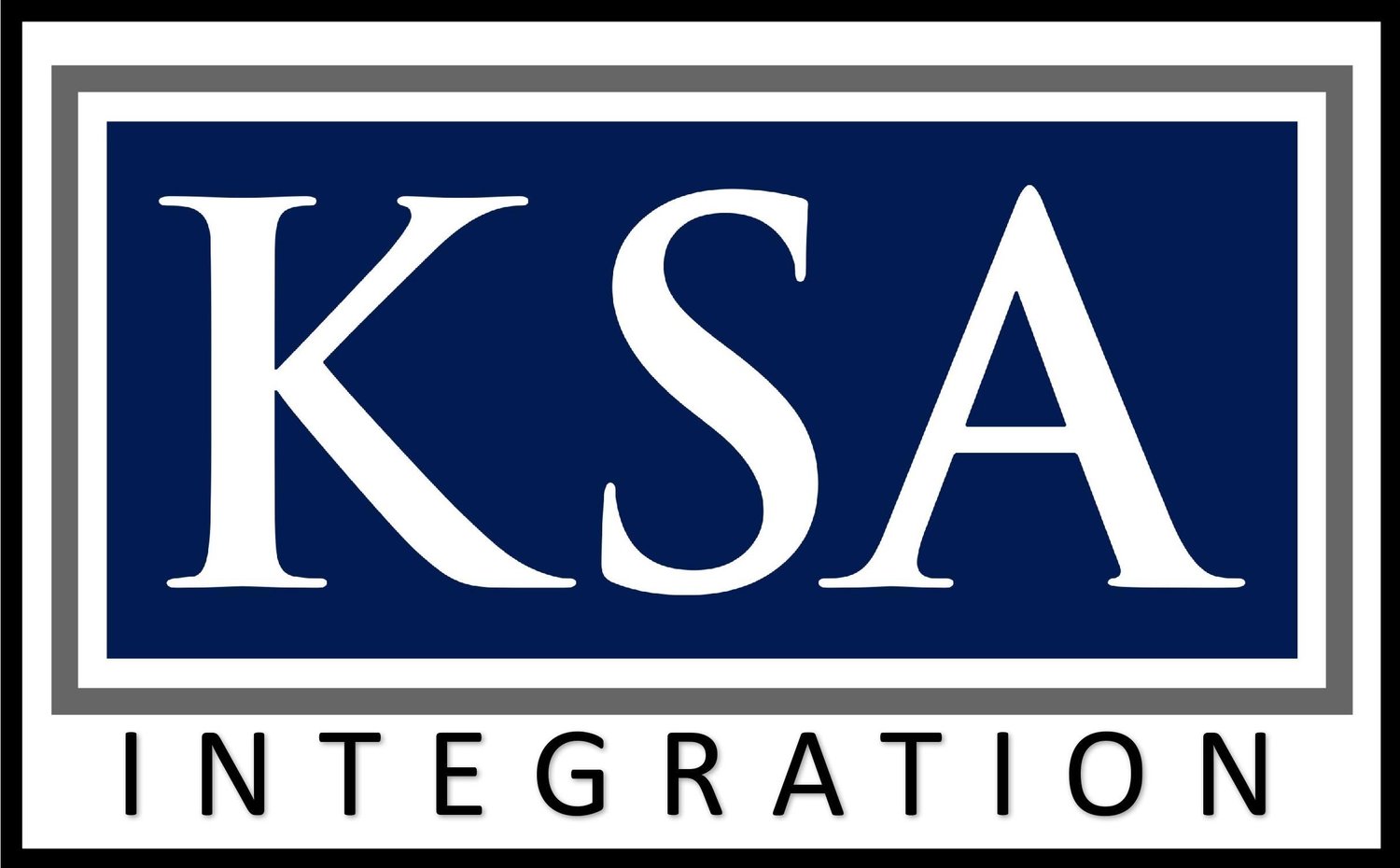Putting First Things First
- February 8, 2015
- Posted by: Keith Stalder
- Category: Leadership

“The mark of a great man is one who knows when to set aside the important things in order to accomplish the vital ones.” – Brandon Sanderson In my work with organizations of all sizes, but especially the large ones, I find that executive leaders and almost everyone in management roles misuses the term “priorities”. Typically, the misuse of the term occurs in ways that seriously and negatively affects the mission, the work force, and the company.
Some of the things that I see include:
- Ever evolving “priorities” that change on an almost daily basis. Employees quickly lose track of them and cease to pay attention to them.
- Priorities from executive leaders that have no relationship to long term goals, strategy, or broader organizational purposes.
- Priorities become a substitute for real and difficult choices in the company; executive leaders use them to evade the responsibility to decide what not to do.
- Leaders who declare their priorities then never use or mention them again.
- Too many priorities. These are simply “laundry lists” of things to do with the number exceeding the organization’s ability to genuinely focus on them. There is an old saying that “when there are too many priorities, there are no priorities” and it’s true. More importantly, “when there are too many priorities, everyone gets to choose their own.”
Effective organizational priorities come from executive leaders who understand that priorities do several very important things:
- They apportion and allocate the time, attention, and efforts of the work force.
- They provide consistency and create organizational habits.
- They focus everyone on common goals and objectives.
- They define the vital choices the leaders have made, most importantly the choices of those things to not do.
- They provide a sense of stability, assurance, and reliability for the employees.
- They guide the company along a path to its future in a steady and predictable way.
- They give partners, employees and customers confidence that the company knows where it is going and how it will get there.
How do effective executive leaders do this? By:
- Creating a vision for the organization.
- Crafting a strategy: ends, ways, and means from the intersection of the company’s mission and purpose with the forces of their business environment. From today to five years from now.
- Building a planning process that takes the company from strategy to planning to resources and daily business execution.
- Choosing what not to do.
- Selecting the highest priority enabling actions and projects that will propel the organization to it’s end state in the strategy.
- Choosing just a few priorities, no more than five.
- Acting, asking, and directing these few priorities relentlessly, every day, in every interaction with the staff and throughout the organization.
- Communicating the priorities up, down, and laterally within and externally at every opportunity.
There is a well known metaphor that describes vital priorities as crystal balls to be juggled with rubber balls. Every juggler drops a ball or two. The key is to not drop the crystal ones – the balls that will shatter into a thousand pieces and can’t be put together again. When the crystal balls drop, you’ll invariably drop the rubber ones too.
Meaningful organizational priorities are crystal balls.
“Effective leadership is putting first things first. Effective management is discipline, carrying it out.” – Stephen R Covey
Keith Stalder, #42
Copyright © 2015 Keith Stalder & Associates, LLC. All rights reserved.
